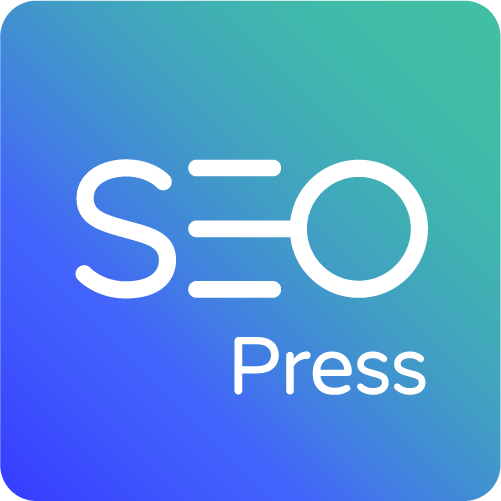



(in this example it is a “Tech Article”)
The two should reference each other and be accurate to the content of the post or page while giving you enough wiggle room to target variations of Long Tail Keywords.
Answer the Search Intent and create a simple context bridge for Google. The topic of the search is “Schema,” they want to know “How to…” but the answer requires “SEOPress.”
H1 stands for “Header 1” and is set in the html code on the page.
H1 as a Ranking Factor:
The H1 of a webpage is considered a direct ranking factor. The H1 works to directly “tell Google” what the focus of the webpage is. In a sense, it is saying to Google “When you read through this page, consider all of the content on this webpage to be directly related to the words found in the H1.
Good Practice:
In SEO it is considered good practice to:
The Page Title is the title of the webpage as it appears in Google Search Results.
Page Titles as a Ranking Factor:
The Page Title is considered a direct ranking factor. Meaning, when Google Crawls (scans the content of your page), it will add the content of the Page Title to the reasons why it will rank your webpage.
Changing the Page Title:
This can be changed in various ways via manually adding it to the HTML code of the webpage or by simply going to the “Title Settings” area created by SEOPress and typing it in the “Title” box.
Good Practice:
In SEO it is currently considered good practice to:
The Page’s Meta Description is the short description seen below the Page Title in Google Search Results.
Meta Descriptions as a Ranking Factor:
Keywords in the Meta Description are generally considered to be an indirect ranking factor. Meaning, while Google does not give much weight to the keywords found here, people actually searching on Google are more likely to click through to your page. Google then see’s more people clicking to your page and then boosts your ranking in search results.
Changing the Meta Description:
Similar to the Page Title, the Meta Description can be changed in various ways such as manually adding it to the HTML code of the webpage or by simply going to the “Title Settings” area created by SEOPress and typing it in the “Meta Description” box.
Good Practice:
In SEO it is currently considered good practice to:
Seed Keywords are the base of the keywords you are trying to rank for. While often short ( one to two words) they are entirely determined by your overall content strategy.
Example:
If you are trying to rank for “SEO Services in Asheville, NC”
Your Seed Keywords might be:
The Page’s H1
In this post, for example. I am positioning multiple Seed Keywords on the page’s H1 so that Google will likely see the niche, content, and context as:
The Page’s Title
For this post’s Page Title, I focused on The Searcher’s Intent fist. They want to know:
Ideally, this will directly answer someone’s question the moment they see it in a SERP (Search Engine Results Page) and give them confidence the page will answer their question.
The Page’s Meta Description
The Meta Description is your sales pitch, a brief summary of what the person should expect when they click the link. Your goal should be to increase the CTR (Click Through Rate). How you do this is the same as with any sales pitch, boost confidence, and make it the answer they are looking for.